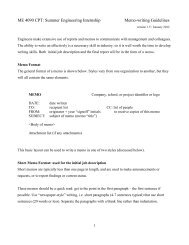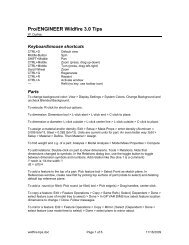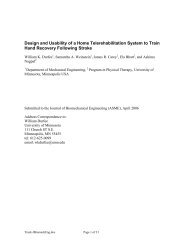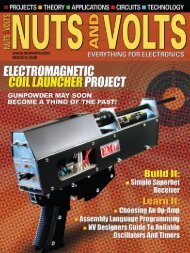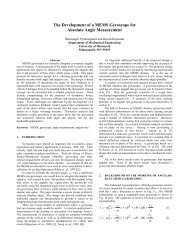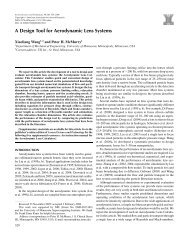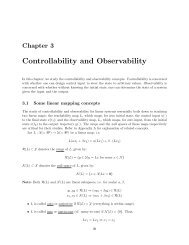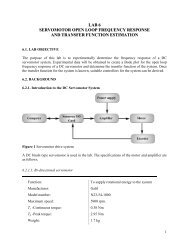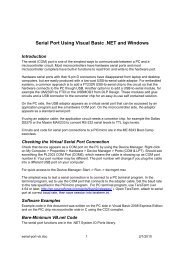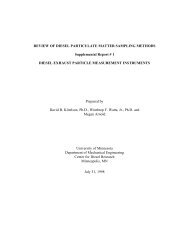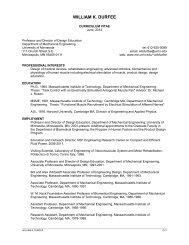Review of diesel particulate matter sampling - Department of ...
Review of diesel particulate matter sampling - Department of ...
Review of diesel particulate matter sampling - Department of ...
You also want an ePaper? Increase the reach of your titles
YUMPU automatically turns print PDFs into web optimized ePapers that Google loves.
Figure 16. - Measured size distributions with and without particle filter (v = 120<br />
km/h) at a dilution ratio <strong>of</strong> 1:12 for a passenger car (from Kauffeldt and<br />
Schmidt-Ott, 1998)<br />
Kruger, Lüders, Luers, Kaufmann, Koch and Kauffeldt (1997) and Lüders (1997): This<br />
study also investigated the influence <strong>of</strong> exhaust gas aftertreatment and measurement<br />
conditions on particle size characteristics <strong>of</strong> exhaust from <strong>diesel</strong> engines. (This research is<br />
described in more detail in Supplemental Report No. 2.)<br />
Number weighted size distributions were obtained using a differential mobility particle<br />
spectrometer (DMPS). Sampling was done from a dilution tunnel followed by secondary<br />
dilution. 10 The authors suggest that their results are largely independent <strong>of</strong> secondary dilution<br />
process, although they said it had some influence. The secondary dilution ratio was usually<br />
about 10:1 and was obtained using an ejector diluter.<br />
The engines tested were 3 l, indirect injection (IDI), naturally aspirated and 1.9 l DI,<br />
turbocharged and intercooled passenger car <strong>diesel</strong>s and a 6.9 l, DI, turbocharged and<br />
intercooled truck engine.<br />
• When a trap was used, the passenger car with the DI engine showed a significant decrease<br />
in particle number for particles > 50 nm, but a significant increase in particle number for<br />
particles < 50 nm.<br />
• For the truck engine the particle trap again showed an increase in the number <strong>of</strong> particles<br />
< 50 nm, but a decrease in larger particles. The use <strong>of</strong> an oxidation catalyst also showed<br />
an increase in the in number <strong>of</strong> particles < 50 nm, but this effect was time dependent.<br />
To determine the nature <strong>of</strong> the < 50 nm particles the DMPS was modified so the < 50 nm<br />
particles could be analyzed separately. A heating element was integrated into the<br />
measurement system so the aerosol could be heated before passage into the DMPS. With this<br />
10 Not reported in the published literature. Based on personal communication with the authors. (Kittelson,<br />
1997)<br />
01/14/99 Page 44



